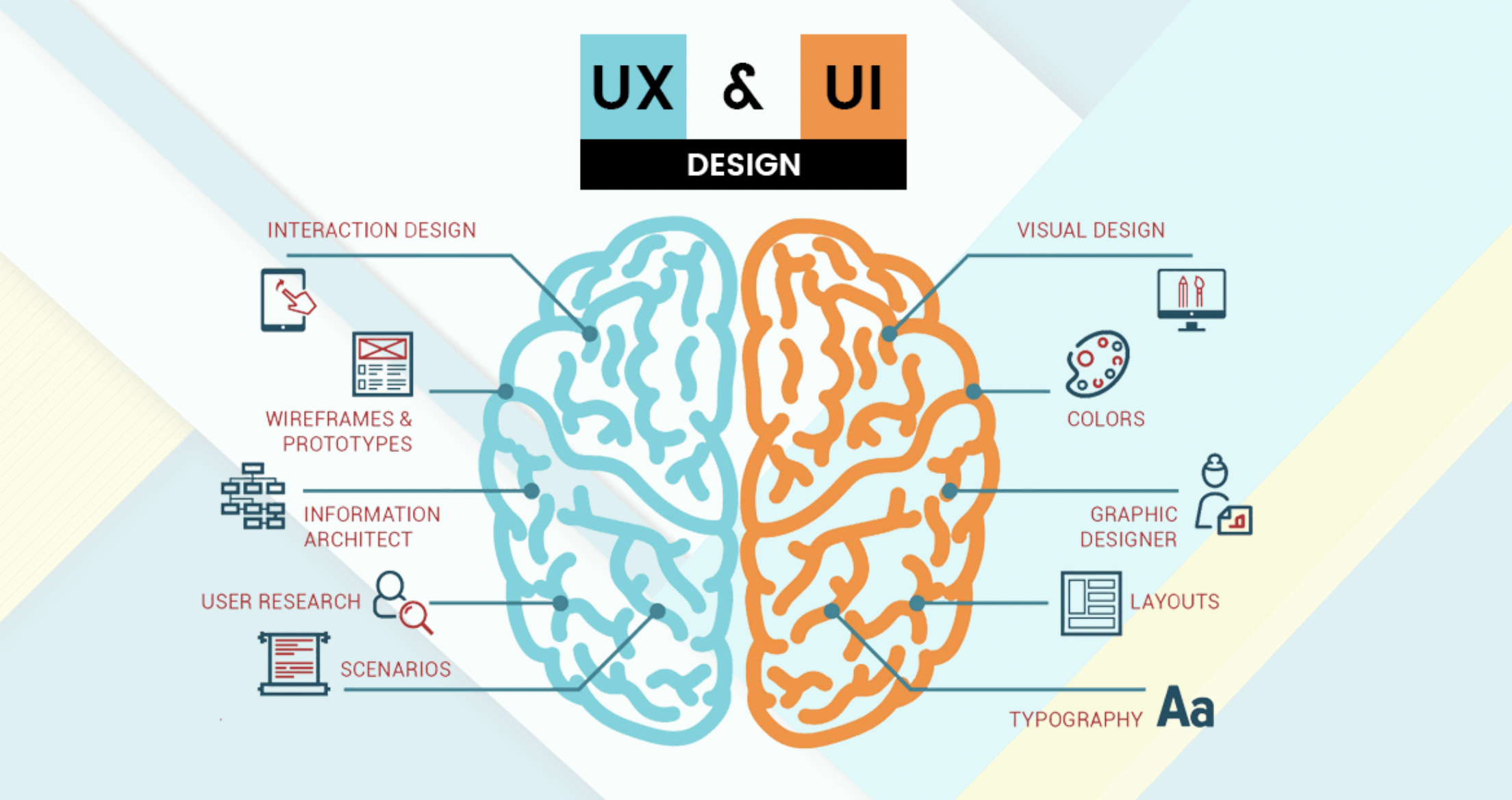
Do you know what are the differences between UI and UX? If not, continue redaing this guide to explore all helpful information you need to know about UI and UX.
UI and UX are related to determining the quality of a user’s interaction with a digital product, and therefore their reaction to it. UI and UX create the difference between a product that users rave about and recommend to others, and a product that is quickly swapped for something “better”.
What exactly are UI and UX?
Focusing specifically on the product interface, UI is a more specific field than UX and as such is part of the wider user experience. This broader experience encompasses the entire user journey: when and how the user first sees or hears about the product, where they can find it, try it out, the purchase/acquisition process, long-term use of the product, how to report any bugs or other feedback. Unfortunately, these terms are notoriously confused or treated synonymously, which is no small mistake.
What are the competences of a UI designer?
To a large extent, graphic specialization is the competence of the UL designer. It is necessary to “draw” the menu and the entire layout of the page based on the layout proposed by the UX designer.
UI is mainly about designing interfaces that are not only visually attractive, but above all understandable and comfortable for the end user. This job therefore requires extraordinary graphic skills, a sense of aesthetics, etc. Knowledge of graphic design programs comes in handy here, but also a familiarity with fonts, a perfect eye for colors and a knowledge of their effect on emotions.
The biggest difference between ui and ux at work is that a UX designer needs to understand the target users of a product, including the needs that the product intends to satisfy, the users’ motivations for choosing it, and the impact of design decisions on the user.
What do UX designers do?
UX designers are responsible for performing various responsibilities. Let’s find out more.
The information architecture of a product has a major impact on the ease of use of the product, focusing on the organization and labeling of information and data. The user flow is a diagram that represents the entire user journey of interacting with the product, everything that is involved in using it. The UX designer creates the most effective user flow. The market is no longer just talking about professions such as Product Designer and UX Designer. Many new specializations in this field are emerging.
Although UI and UX are very different things, they don’t work completely separately. Both are essential to the design of a successful digital product and both affect the way the final digital product is received. Every digital product requires competent (or even better, inspired!) UI and UX design if it is to connect with its target users, satisfy their needs and keep them coming back for more while recommending it to others.